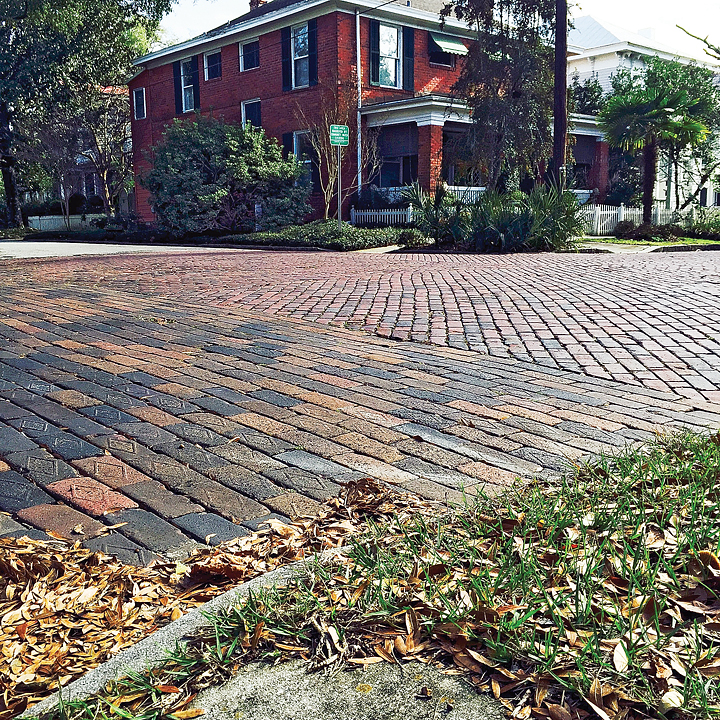By Krys Estes
Contributing Writer
Wilmington has an estimated four miles of brick roads in the city. But these bricks are expensive to repair and install, and city officials say they are considering new policies on how and when brick streets are maintained and repaired.
Over the last few months, staff has reviewed options for updating the city’s current brick street policy, said Malissa Talbert, Wilmington communications manager, in a Dec. 15 press release.
To get a better sense of the public’s feeling about the brick streets, the city is currently conducting an online survey to measure public input regarding preservation of the brick roadways. Additionally, city officials will meet with downtown groups, residents and other business owners to gather additional information and opinion.
Along with collecting data about the city’s existing brick street inventory, the committee has also gathered information about installation, repair and maintenance costs of brick streets and policies as well as criteria from other cities that have historic brick streets.
The results could mean the brick streets within the city may be replaced with asphalt.
Several preservation associations including Residents of Old Wilmington (ROW) and Historic Wilmington Foundation have teamed up throughout history to save these brick streets.
“The foundation has been involved with the brick streets dating back to the 1980s, maybe even the 1970s,” said George Edwards, executive director of the Historic Wilmington Foundation. “We have collaborated with ROW and we are vitally concerned with protecting this asset in the city.”
Most of the brick streets date back to 100 years ago. In the 1980s, Wilmington argued it was too expensive to replace or repair brickwork and that the bricks were no longer available, according to the Residents of Old Wilmington. Together, the Historic Wilmington Foundation and the Residents of Old Wilmington teamed up to pay the $1,000 needed to hire an expert brick consultant, who came to the city, held a workshop for residents and city employees and demonstrated on one block of South Second Street how to replace asphalt with bricks.
Wilmington learned it does not cost any more to replace bricks with bricks than to install asphalt patches and that it may be easier, Edwards said. The effort of these preservation associations created a turnaround in policy so that now the patches are slowly being replaced with bricks.
“While brick streets are important to the city’s history, they are very expensive to repair and install,” Talbert said.
Wilmington is in the process of revising the city’s brick streets policy once again and is seeking public input in an effort to shape a new policy that will help determine how and where brick streets are located, maintained and repaired.
“The city has not made any formal decision and is now doing a survey to gain citizen input about keeping, restoring, or paving over brick streets downtown,” said Ed Wolverton, President and CEO of Wilmington Downtown Inc. “This past summer, city crews were experimenting with ways to remove asphalt to restore the brick. While there is a cost to do this, the bricks have a much longer life span than asphalt.”
The city expects to generate a draft policy and guideline recommendations for Wilmington City Council to review by this spring.
The public survey is available at https://www.surveymonkey.com/r/brickstreets




